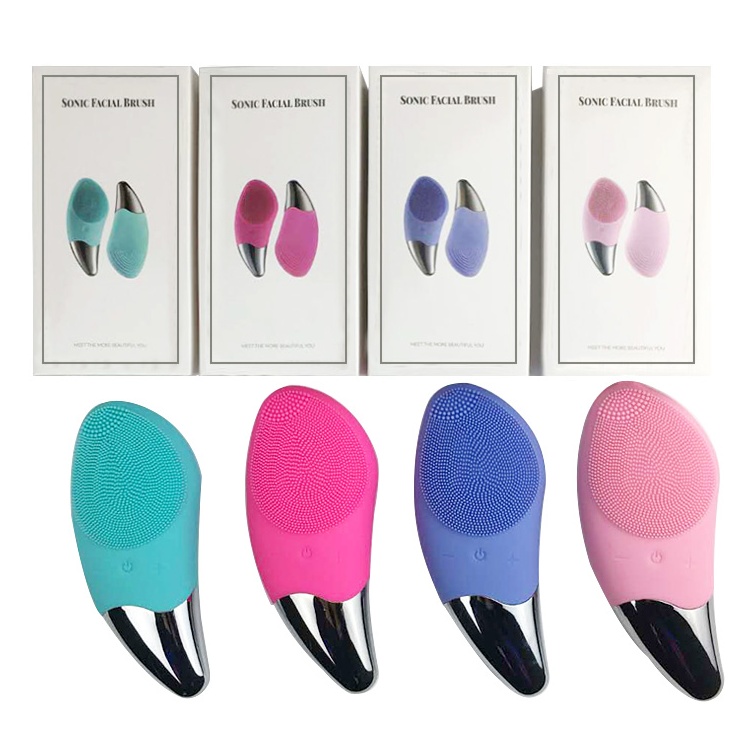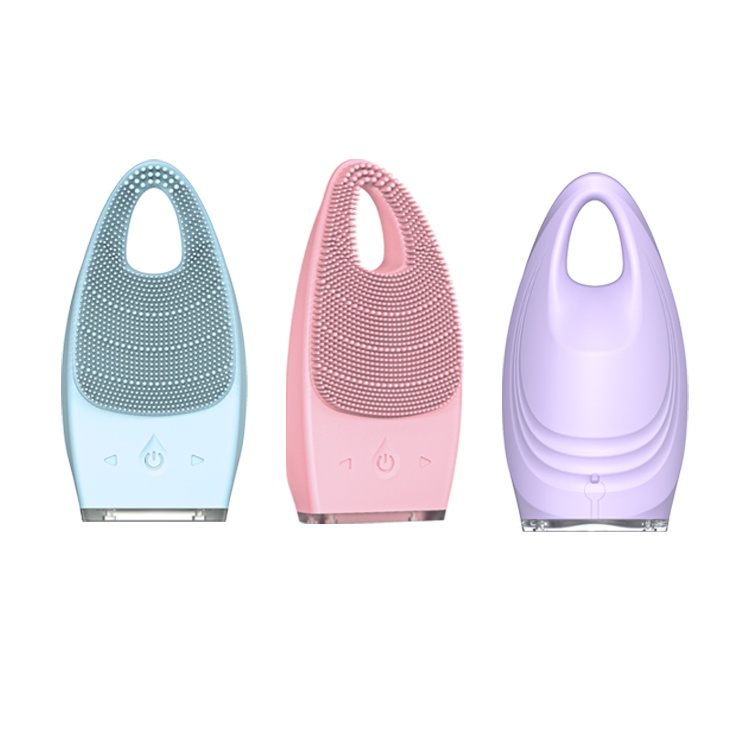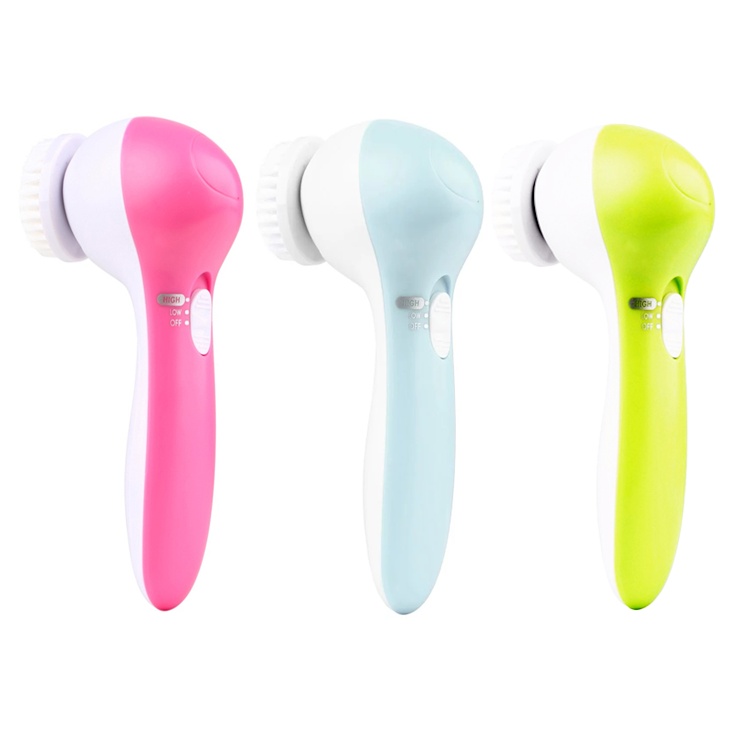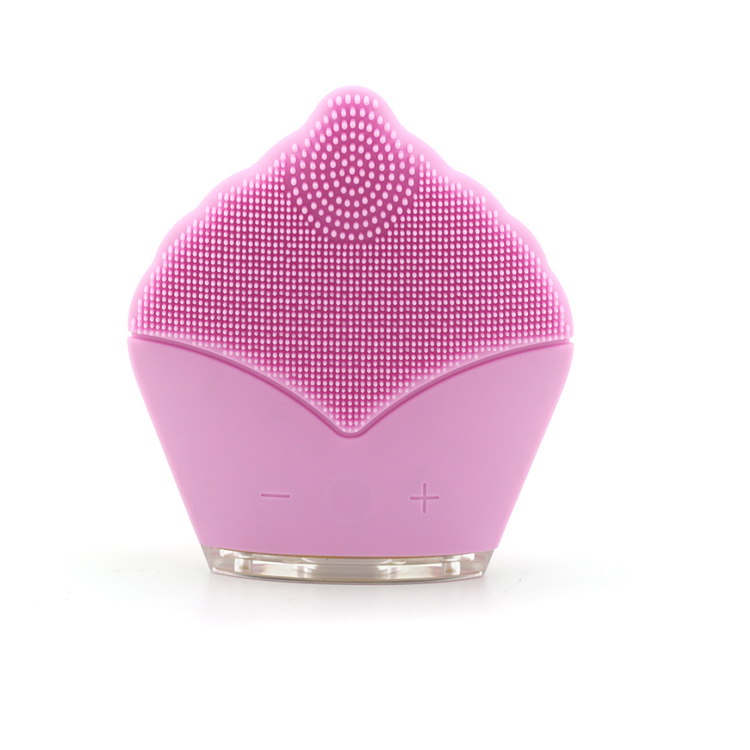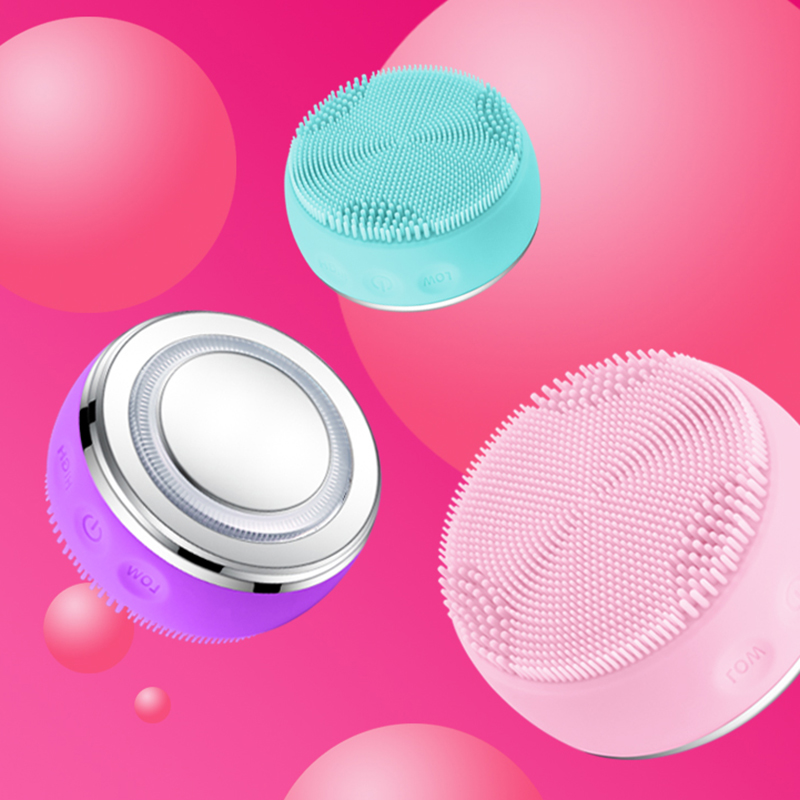Facial brush head hygiene replacement schedule and tips
Summary
Facial brush head hygiene and replacement schedules are crucial components of effective skincare routines, as these tools enhance cleansing and exfoliation beyond what manual washing can achieve. With various types of facial brushes available—such as manual, silicone, and rotating brushes—understanding their maintenance is essential to ensure optimal performance and skin health. Notably, dermatologists recommend replacing brush heads every three to four months to prevent bacterial buildup and maintain effective cleansing, especially for users with sensitive skin who may require more frequent changes. The topic's significance lies in the growing popularity of facial brushes within beauty and skincare communities, as well as the potential health risks associated with improper hygiene practices. Regular inspections of brush heads for wear and tear, along with daily cleaning routines, are recommended to maximize the longevity of these tools and minimize skin irritation. Furthermore, selecting the appropriate brush head based on individual skin types—such as silicone for sensitive skin or firmer bristles for oily skin—can greatly enhance the overall efficacy of the cleansing process. Controversies surrounding facial brush usage often center on the debate over the effectiveness of manual versus electric options, as well as concerns regarding over-exfoliation from improper use. Experts advise against excessive frequency, particularly for individuals with sensitive skin, as it may lead to irritation and damage the skin's natural barrier. This highlights the importance of balanced skincare practices that incorporate both effective cleaning and mindful use of facial brushes. In conclusion, adherence to a regular replacement schedule and best practices for maintenance not only promotes skin health but also aligns personal care with environmentally conscious habits. By fostering a comprehensive understanding of facial brush hygiene, users can achieve cleaner, healthier skin while mitigating potential risks associated with improper use.
Types of Facial Brushes
Facial brushes are essential tools designed to enhance skincare routines by providing deeper cleansing and exfoliation compared to manual washing. They come in various types, each catering to different skin types and cleansing needs.
Manual Brushes
Manual brushes are a budget-friendly option that requires hand operation. While they can effectively cleanse the skin, they may not provide the same level of deep cleaning as their electric counterparts. Dr. Mona notes that manual brushes can feel a bit rough on sensitive skin, depending on how they are used. Users should apply gentle pressure and circular motions to avoid irritation.
Silicone Brushes
Silicone brushes utilize soft bristles that are ideal for sensitive skin. Dr. Alexandra emphasizes their gentle nature and ease of cleaning, making them a suitable choice for those with delicate skin types. The silicone material is less abrasive, providing a soothing cleansing experience while minimizing the risk of bacteria buildup, which is a concern with traditional bristle brushes.
Rotating Brushes
Rotating brushes are designed for deep cleansing, as they provide a more intense scrubbing motion. However, Dr. Mona cautions that these brushes can potentially harm sensitive skin if not used carefully. Regular head replacements are necessary to maintain hygiene and effectiveness. Users should consider their skin sensitivity and be mindful of the frequency of use to avoid over-exfoliation.
Brush Head Variations
Facial brushes can come with different brush head types tailored for specific purposes:
Cleansing Brush Heads: Designed for deep cleaning, these often feature firmer bristles that effectively remove dirt, oil, and impurities. Silicone Brush Heads: Perfect for those with dry or sensitive skin, these heads provide a gentler cleansing experience. Exfoliating Brush Heads: These often have textured bristles to aid in removing dead skin cells, promoting a smoother complexion. Choosing the right type of facial brush and head is crucial for maximizing skincare benefits and achieving a healthier complexion.
Recommended Replacement Schedule
To maintain optimal hygiene and effectiveness, it is generally recommended to replace facial brush heads every three to four months. This timeframe allows for regular wear and tear, ensuring that the brush continues to perform at its best and remains hygienic for skin health. Some brands, including Clarisonic, specifically advise replacing brush heads every three months, especially with regular usage.
Factors Influencing Replacement Frequency
Usage Frequency
The frequency of use plays a significant role in determining how often to replace the brush head. If a facial brush is used daily, the bristles will experience more wear and tear, necessitating more frequent replacements. Conversely, those who use their brushes less frequently may extend the life of their brush heads beyond three months, provided that they remain in good condition.
Visual Inspection
Users should regularly inspect their brush heads for signs of wear. If the bristles appear frayed or deformed, or if they no longer maintain their original flexibility and shape, it is time for a replacement. Additionally, an integrated Timestrip indicator can serve as a useful reminder, turning red when it is time for a change, thereby promoting good hygiene practices.
Best Practices for Brush Maintenance
To enhance the longevity and performance of facial brushes, regular cleaning is essential. Rinsing the brush head after each use to remove cleanser, makeup, and impurities will not only help maintain hygiene but also prolong the life of the bristles. Regular cleaning with mild soap and proper drying techniques can further prevent bacteria buildup and degradation of the brush materials.
Cleaning and Maintenance Tips
Maintaining the hygiene of facial brush heads is essential for effective skin cleansing and preventing bacterial growth. Proper cleaning routines can enhance the longevity of the brush and ensure optimal skin health.
Daily Cleaning
After each use, it is crucial to detach the brush head from the handle and rinse it thoroughly to avoid the accumulation of bacteria. For daily maintenance, a simple rinse under warm water is recommended, ensuring that the brush heads are left to air dry with bristles facing downward to prevent moisture from seeping into the handle.
Weekly and Monthly Cleaning
To ensure a deeper clean, brushes should be cleaned every week or two. This can be done using a mild shampoo, gentle facial cleanser, or a specialized brush cleaner. A common method involves swirling the brush head in lukewarm water mixed with a tablespoon of gentle shampoo to remove residual makeup, followed by rinsing until the water runs clear. Additionally, dermatologists recommend adding a small amount of household white vinegar to a pint of water for soaking the brush heads, which can help dislodge debris.
Recommended Cleaning Products
Experts suggest using mild shampoos or specific brush cleansers, avoiding harsh detergents or chemicals that could damage the bristles and leave harmful residues on the brush. Dish soap can also be utilized, although caution should be taken with stronger formulations that may dry out the bristles. It is advisable to avoid submerging the entire brush head in water or cleaner, as this can dissolve the glue that connects the bristles to the handle.
Drying and Storage
After cleaning, it is important to reshape the bristles and lay the brushes flat on a clean surface, such as a towel, to dry overnight. Storing brushes upright in a container can lead to moisture build-up, which may compromise their integrity over time.
Replacement Schedule
In addition to regular cleaning, it is recommended to replace facial brush heads every three months to maintain effective cleansing and hygiene standards. If there is visible residue on the brush head, more frequent cleaning may be necessary to ensure the health of the skin.
Choosing the Right Brush Head
Selecting the appropriate brush head for your facial cleansing routine is crucial to achieving optimal skin health. Different skin types require different brush heads to ensure that cleansing is effective yet gentle.
Skin Type Considerations
When choosing a brush head, it is essential to consider your skin type. For individuals with dry or sensitive skin, it is advisable to use brush heads with the softest bristles, such as silicone options, which are designed to minimize irritation and provide a gentle cleansing experience. In contrast, those with normal or oily skin may opt for firmer bristles that offer a more thorough cleansing effect.
Brush Head Characteristics
The shape and size of the brush head can also influence its effectiveness. Flat or round brush heads are generally suitable for everyday cleansing, while smaller, more compact heads can effectively reach difficult areas like the nose and chin. Regular inspection of your brush head is also important; if the shape or texture appears to change, it may be time to replace it.
Frequency of Use
It is crucial to be cautious with the frequency of brush usage, particularly for sensitive skin. Overuse can lead to skin irritation and disrupt the skin's natural moisture barrier, which may result in redness, itching, and other issues. For those with sensitive skin, it is recommended to limit usage to once every few days, and to conduct a patch test prior to regular use.
Hygiene and Maintenance
Proper hygiene is vital for maintaining brush heads. Silicone bristles are noted for their resistance to bacterial buildup, making them a hygienic choice compared to nylon bristles. To clean brush heads, a mixture of household vinegar and water can be effective, and they should be air-dried separately from the handle to prevent bacterial growth. Regular cleaning helps prolong the life of the brush and ensures that it remains effective in your skincare routine. By considering skin type, brush head characteristics, usage frequency, and hygiene practices, individuals can select the right brush head for their facial cleansing needs, promoting healthier and more radiant skin.
Environmental Considerations
The choice of materials used in facial brushes significantly impacts their environmental footprint. Silicone, commonly used in some beauty tools, offers several advantages over traditional materials like plastic. It is non-porous, which prevents the growth of bacteria, unlike nylon or other materials that can harbor harmful microorganisms after just one use. Additionally, silicone is more durable and can withstand wear over time, reducing the need for frequent replacements. This longevity contributes to less waste, making silicone a more environmentally friendly option compared to plastic, which degrades and leeches toxic substances into ecosystems. In terms of maintenance, proper cleaning of facial brushes is crucial not only for skin health but also for environmental sustainability. A dirty brush can accumulate oil, dead skin, and bacteria, necessitating more frequent replacements if not cleaned properly. Regular cleaning under running water and using gentle disinfectants can help maintain the brush's hygiene, ultimately prolonging its lifespan and reducing waste generation. Moreover, dermatologists recommend replacing brush heads every 2 to 3 months to ensure effective cleansing and hygiene. This practice not only supports skin health but also ensures that users are not contributing to excess waste by holding onto old, ineffective brush heads. Thus, adhering to a replacement schedule for brush heads can align personal care practices with environmentally conscious habits.
 English
English Español
Español Português
Português Pусский
Pусский Français
Français Deutsch
Deutsch 日本語
日本語 한국어
한국어 Italiano
Italiano عربى
عربى
